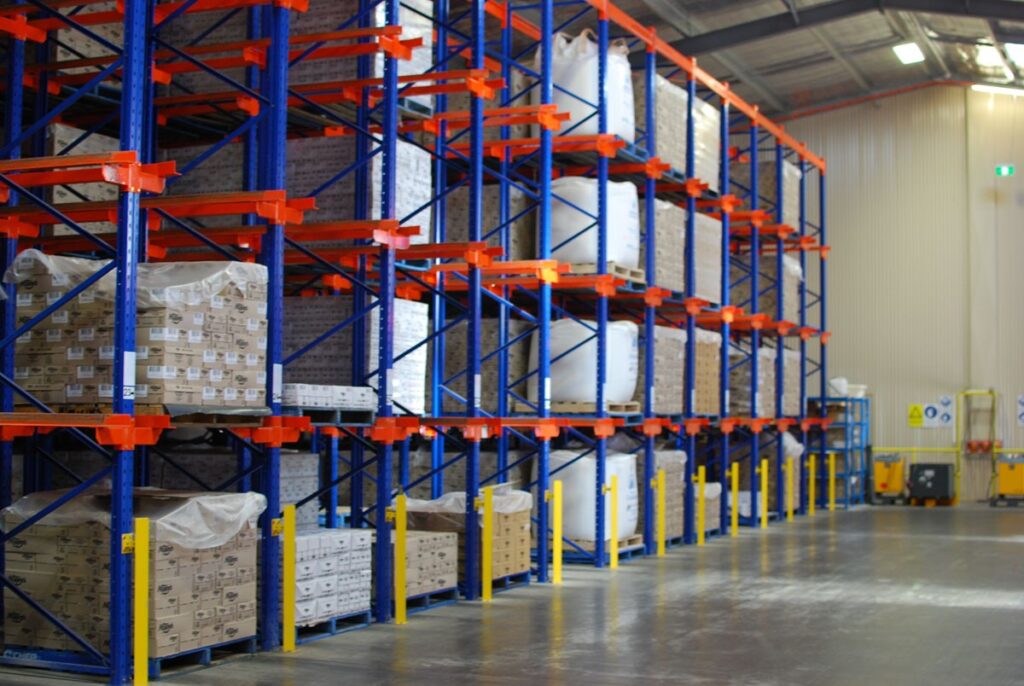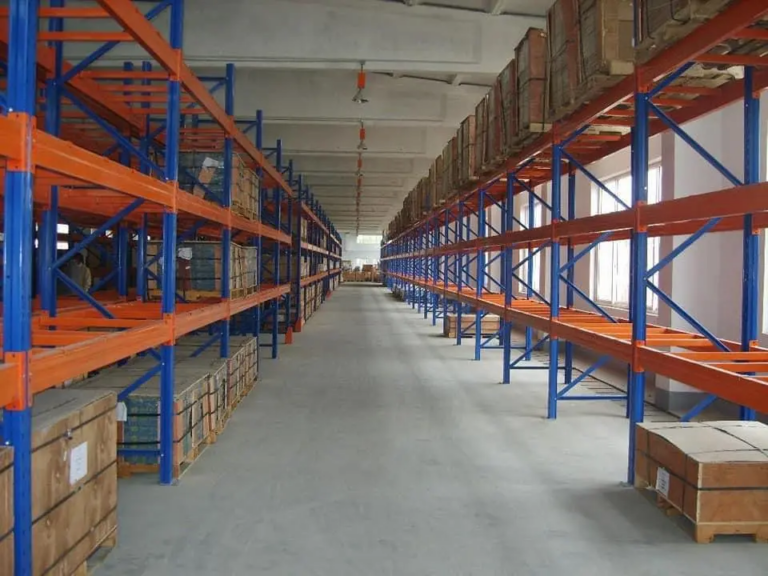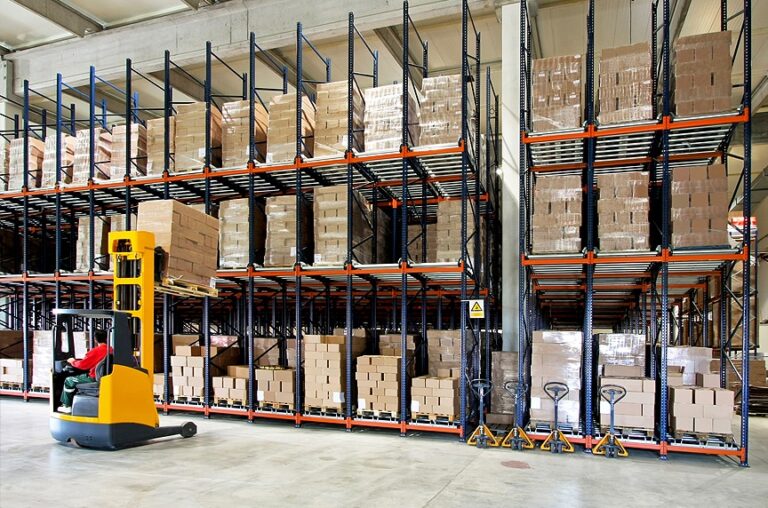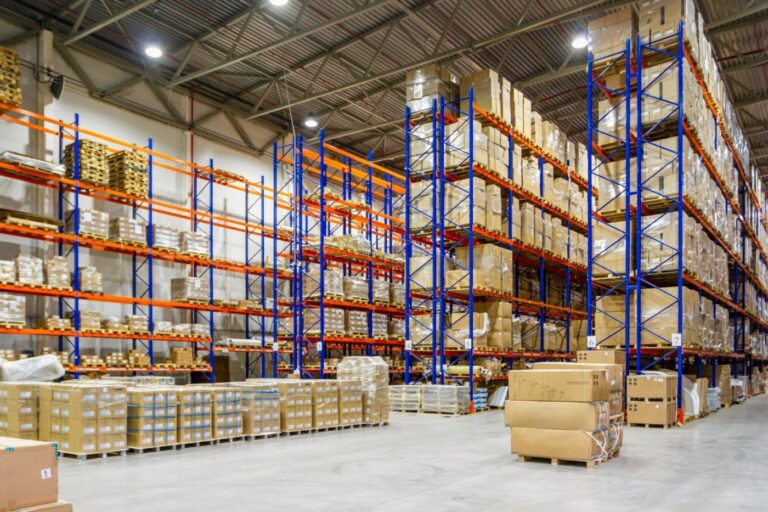In the dynamic world of warehousing and logistics, optimizing storage space is crucial for maintaining efficiency and competitiveness. One of the most effective ways to achieve this is through the use of pallet racking systems. Pallet racking is a versatile and scalable storage solution designed to help businesses maximize their storage capacity and streamline their operations. This guide explores the various types of pallet racking systems, their benefits, and how to choose the right one for your warehouse.

What is Pallet Racking?
Pallet racking refers to a system of storage racks specifically designed to hold pallets. These systems are used to store goods in a structured manner, allowing for high-density storage and easy access to inventory. Pallet racking systems are commonly used in warehouses, distribution centers, and manufacturing facilities where large quantities of products need to be stored and managed efficiently.
Types of Pallet Racking Systems
Several types of pallet racking systems are available, each suited to different storage needs and warehouse layouts. Understanding these options can help you select the most appropriate system for your operations.
1. Selective Pallet Racking
Selective pallet racking is the most common type of pallet racking system. It allows for easy access to every pallet in the rack, making it ideal for warehouses with a diverse inventory and high turnover rates. In this system, pallets are stored on horizontal beams, and each pallet can be accessed directly without having to move others.
Advantages:
- Direct access to each pallet.
- Simple design and installation.
- Flexibility to handle various pallet sizes and weights.
2. Drive-In Racking
Drive-in racking is designed for high-density storage by allowing forklifts to drive directly into the rack to place or retrieve pallets. This system is ideal for warehouses storing large quantities of the same product, such as in cold storage facilities. It operates on a last-in, first-out (LIFO) basis, meaning the most recently stored pallets are the first to be retrieved.
Advantages:
- Maximizes storage density by reducing aisle space.
- Efficient for managing high volumes of similar products.
- Reduces handling and labor costs.
3. Double Deep Racking
Double deep racking is similar to selective racking but with pallets stored two deep in each rack. This system increases storage density while still allowing access to every pallet. It requires specialized equipment, such as deep-reach forklifts, to retrieve pallets from the back of the rack.
Advantages:
- Increased storage density compared to selective racking.
- Better utilization of warehouse space.
- Provides access to all pallets with proper equipment.
4. Push Back Racking
Push back racking is a dynamic storage solution where pallets are stored on carts that move along inclined tracks. When a new pallet is added, it pushes the existing pallets back, allowing for the first pallet added to be the first one retrieved. This system is suitable for warehouses that need to manage perishable goods or products with expiration dates.
Advantages:
- Facilitates a FIFO inventory system.
- High-density storage without requiring specialized equipment.
- Reduces aisle space and improves warehouse efficiency.
5. Pallet Flow Racking
Pallet flow racking uses gravity to move pallets along inclined roller tracks. As new pallets are added to the back of the rack, they push the existing pallets forward. This system ensures that the oldest pallets are always at the front, making it ideal for managing inventory with high turnover rates.
Advantages:
- Promotes efficient FIFO inventory management.
- Maximizes storage density and warehouse space.
- Reduces manual handling and labor costs.
Benefits of Pallet Racking Systems
Implementing an effective pallet racking system offers numerous benefits that can enhance warehouse operations:
- Scalability and Flexibility
Pallet racking systems can be easily expanded or reconfigured as business needs change. This scalability allows warehouses to adapt to growing inventory and evolving operational requirements without significant disruptions.
- Maximized Space Utilization
Pallet racking systems help make the most of vertical space, allowing for higher storage capacity within the same warehouse footprint. This can reduce the need for additional storage facilities and lower overall operational costs.
- Improved Inventory Management
With organized and easily accessible pallet storage, inventory management becomes more efficient. Proper racking systems enable better tracking of stock levels, reduce the risk of stock outs, and improve order fulfillment accuracy.
- Enhanced Workflow Efficiency
Well-designed pallet racking systems streamline the picking and packing processes, leading to faster order processing and improved productivity. Easy access to pallets reduces the time spent searching for items and minimizes handling.
- Increased Safety
Properly installed and maintained pallet racking systems contribute to a safer warehouse environment. They reduce the risk of accidents related to pallet handling, falling items, and equipment collisions.
Choosing the Right Pallet Racking System
Selecting the appropriate pallet racking system depends on various factors, including:
- Warehouse Layout: Consider the available space, aisle width, and ceiling height to determine the most suitable racking system.
- Inventory Type: Evaluate the type of products you store, their turnover rates, and whether you need FIFO or LIFO inventory management.
- Access Requirements: Decide how often pallets need to be accessed and whether you require direct or indirect access.
- Equipment Compatibility: Ensure the chosen racking system is compatible with the forklifts and material handling equipment used in your warehouse.
Pallet racking systems are a vital component of efficient warehouse management. By understanding the different types of pallet racking and their benefits, businesses can make informed decisions that enhance space utilization, improve inventory management, and streamline operations. Whether you need high-density storage, easy access to all pallets, or efficient FIFO management, there is a pallet racking solution designed to meet your specific needs.
Investing in the right pallet racking system can lead to significant improvements in warehouse efficiency, safety, and overall business performance. By optimizing your storage solutions, you can stay competitive in a fast-paced market and ensure your warehouse operates at peak performance.



